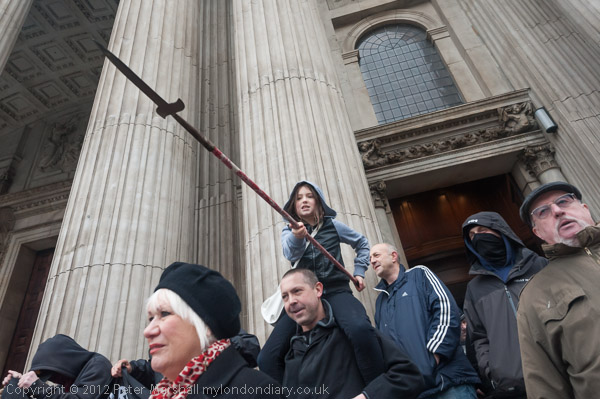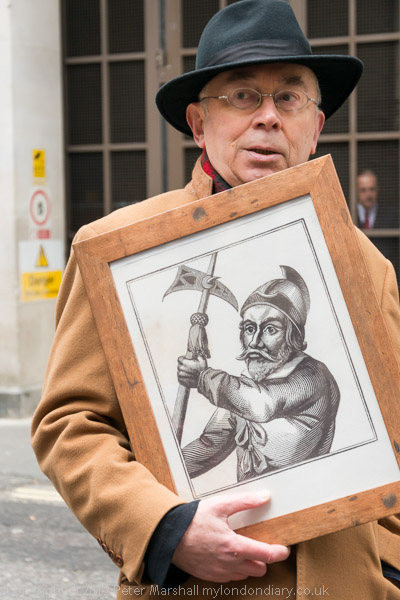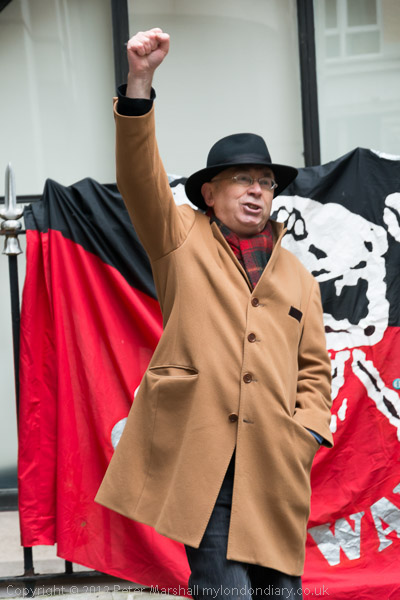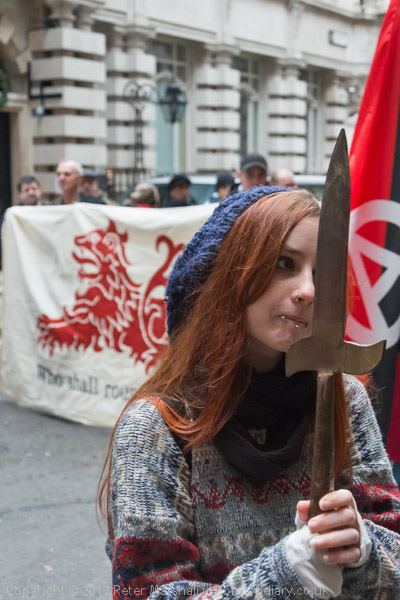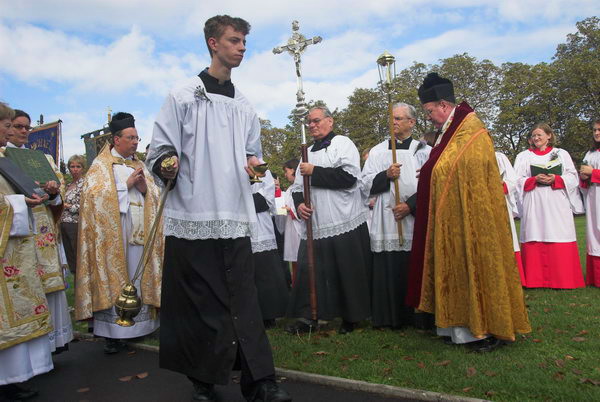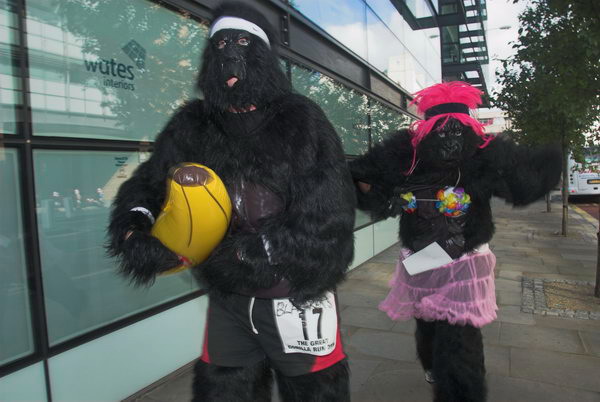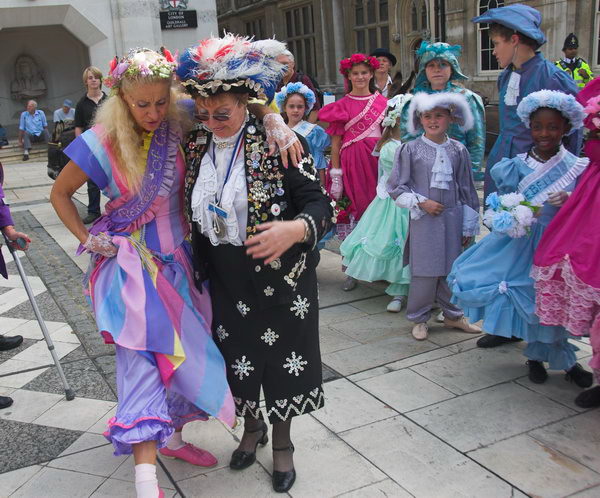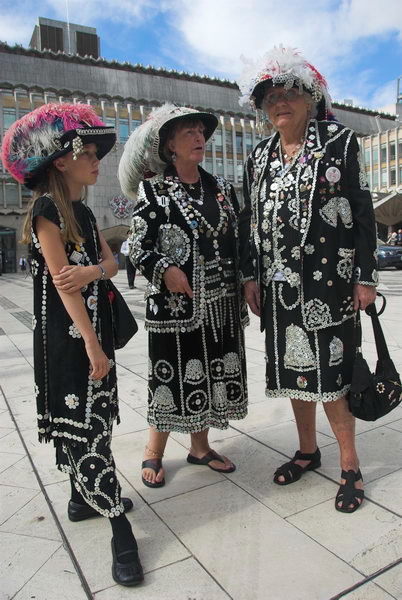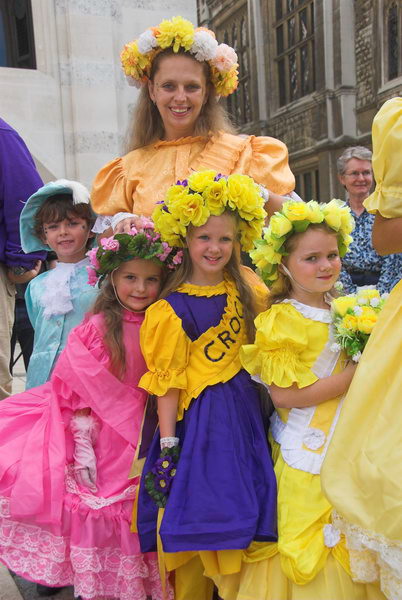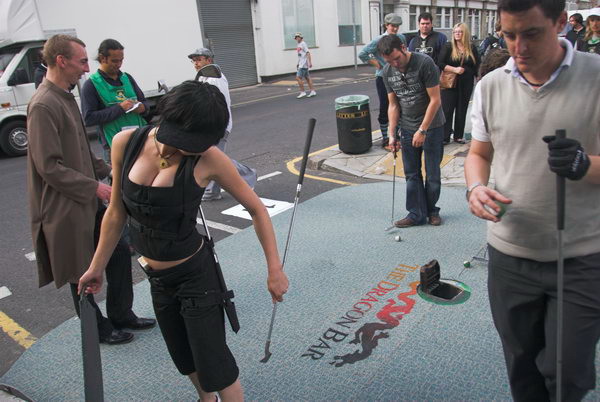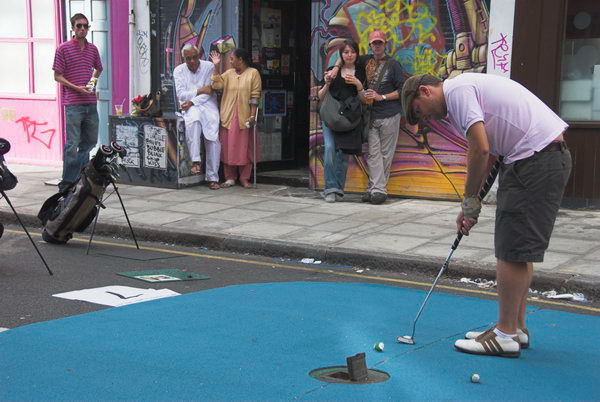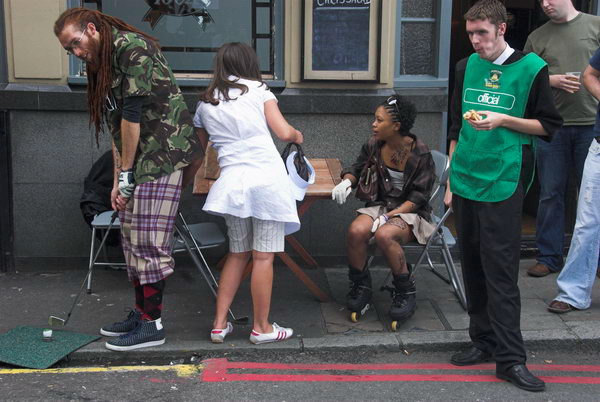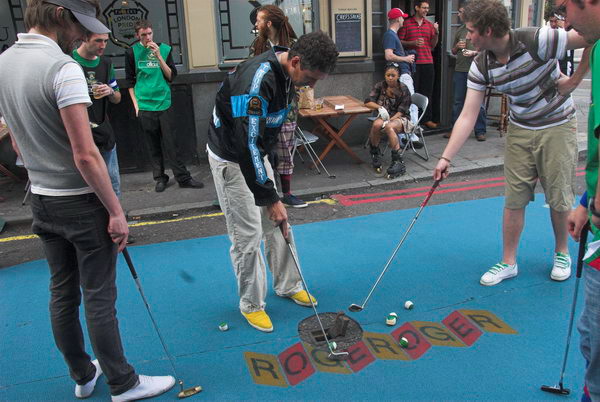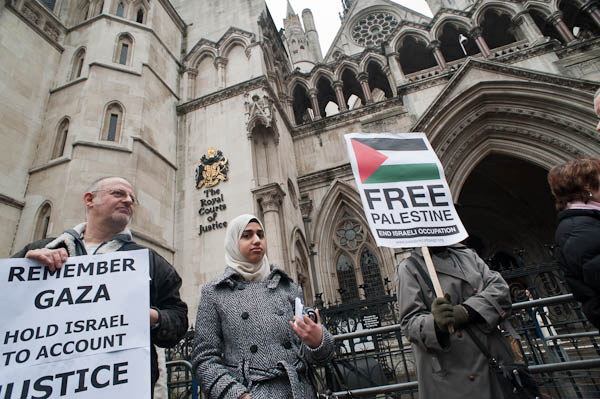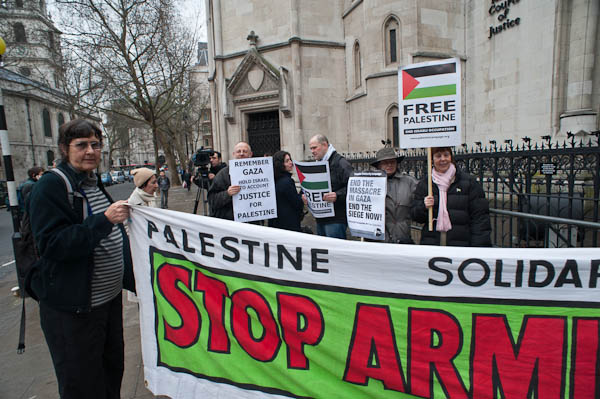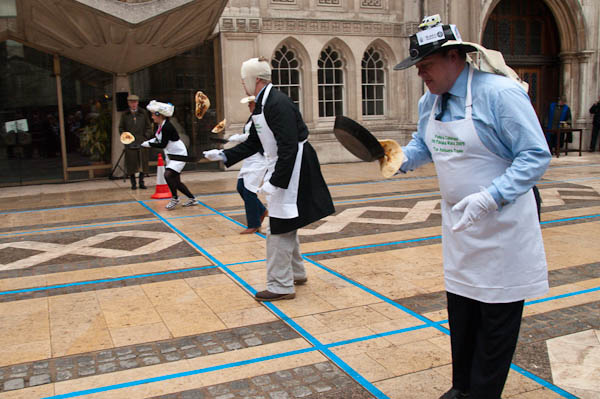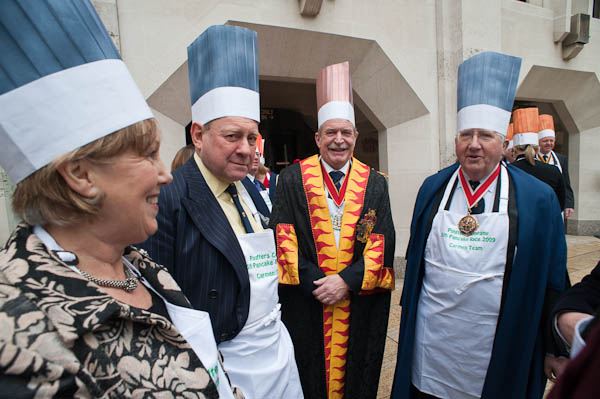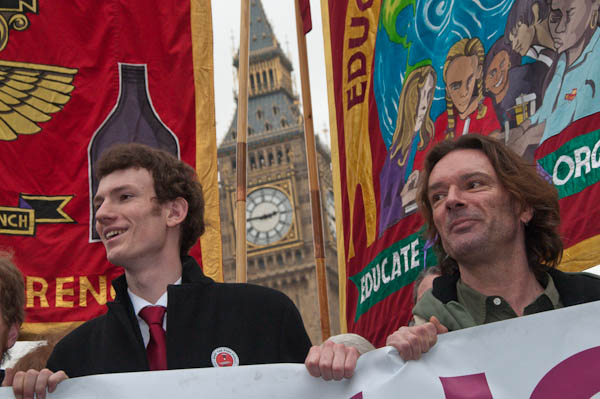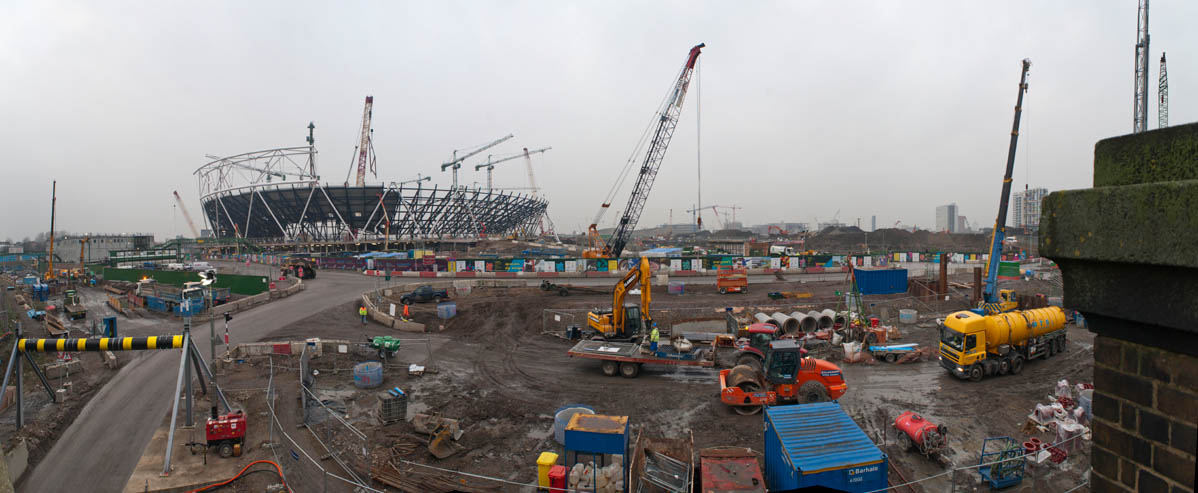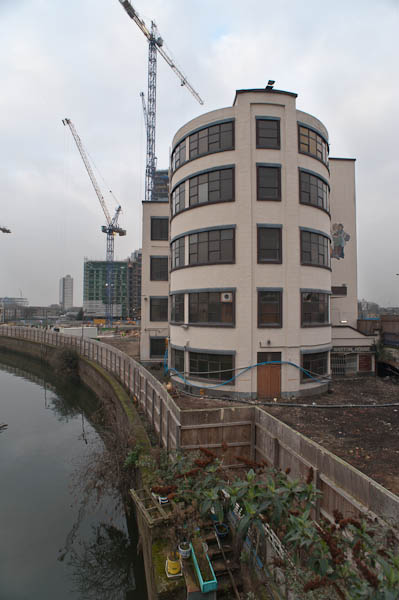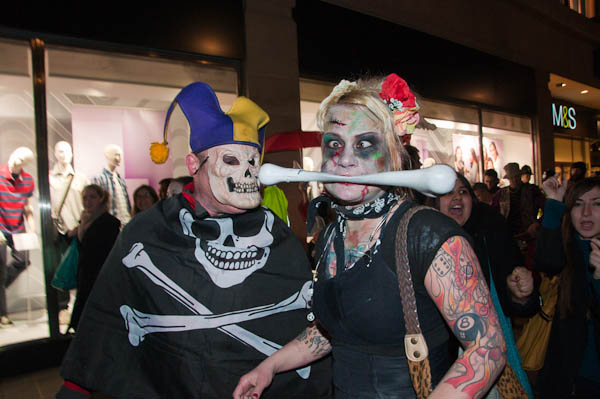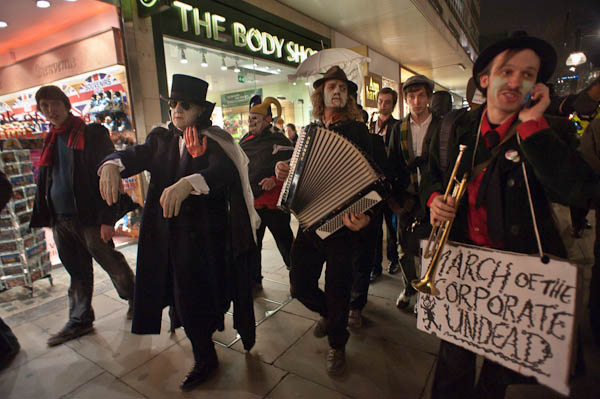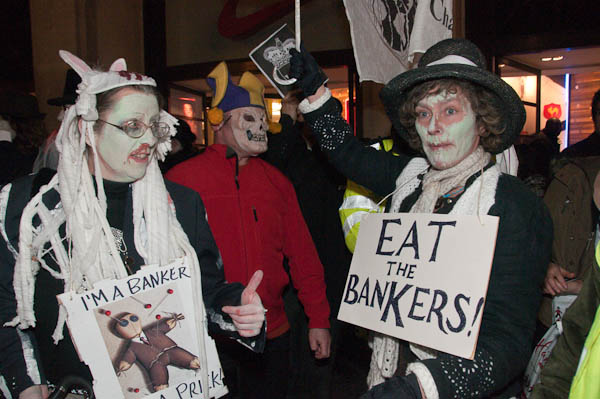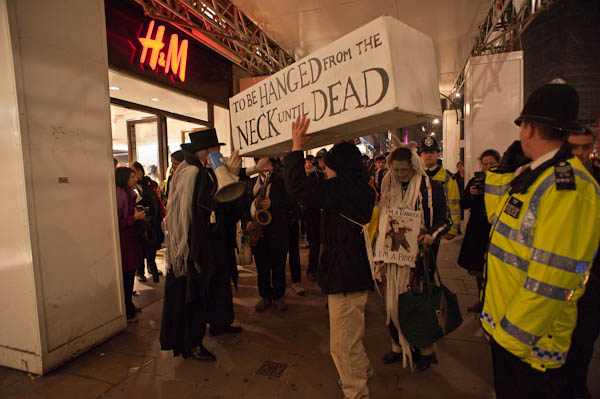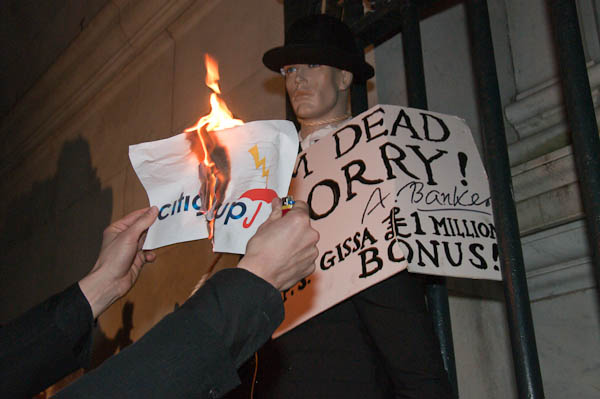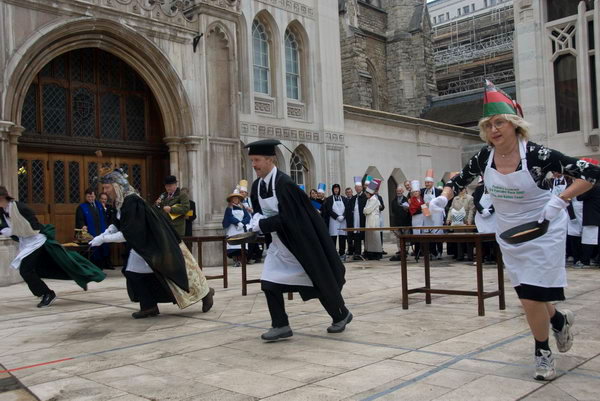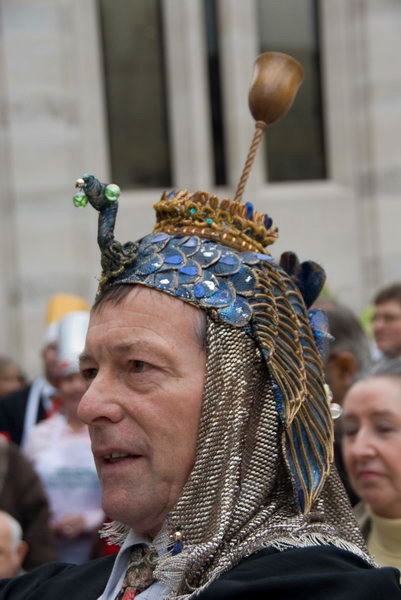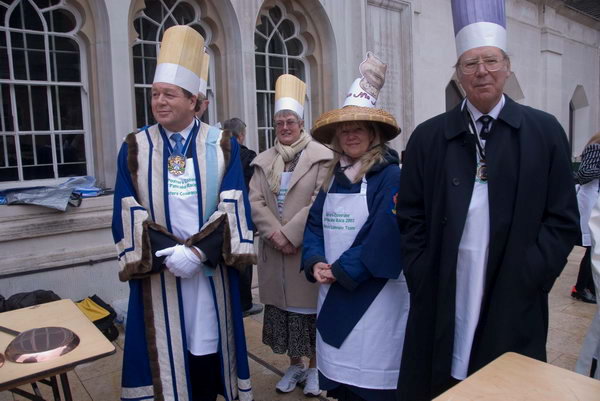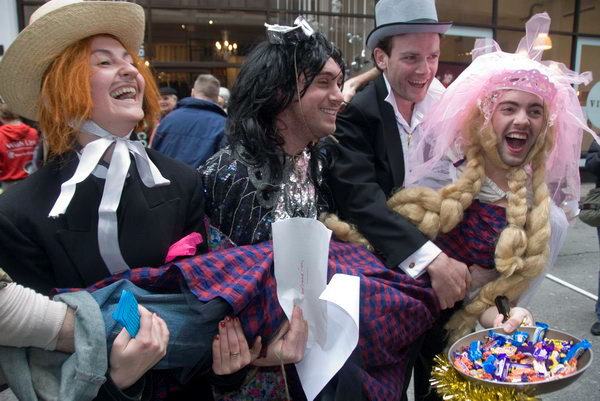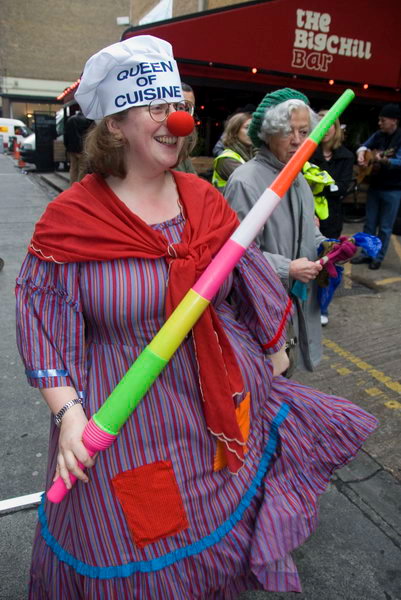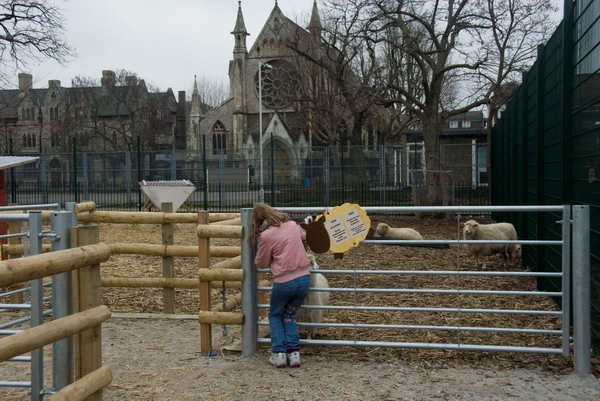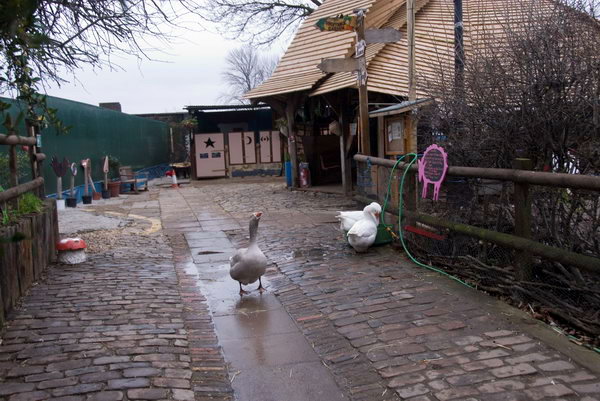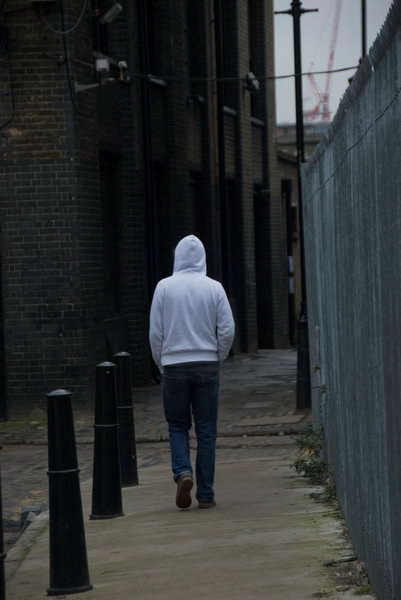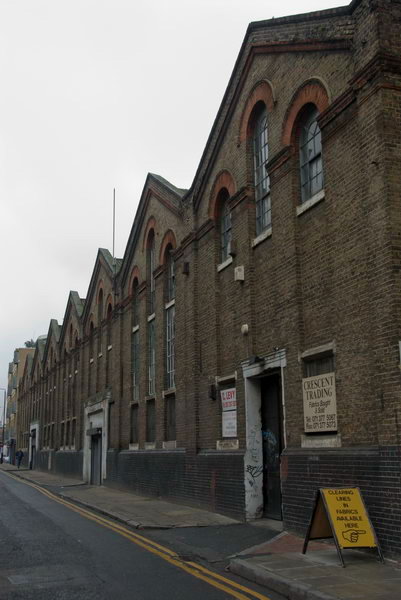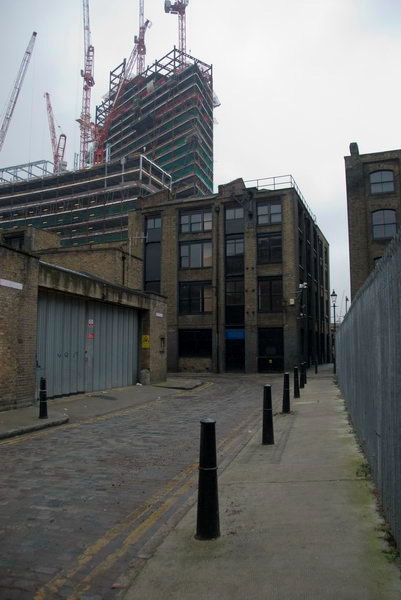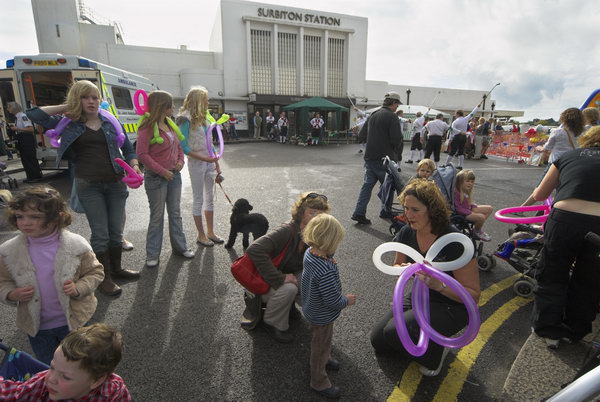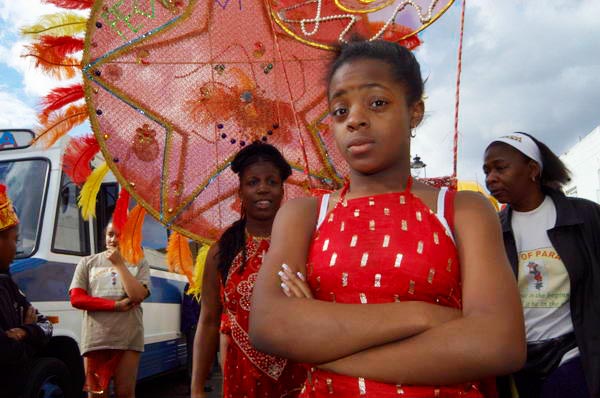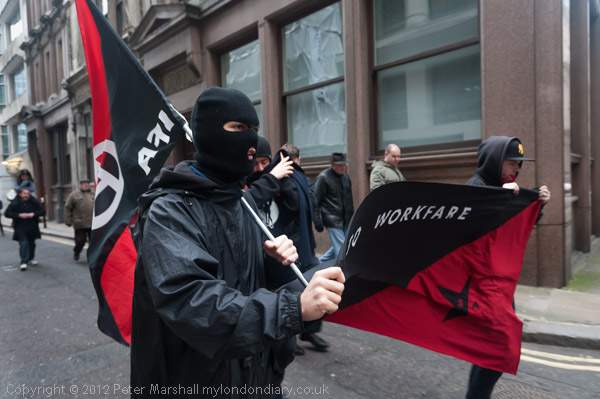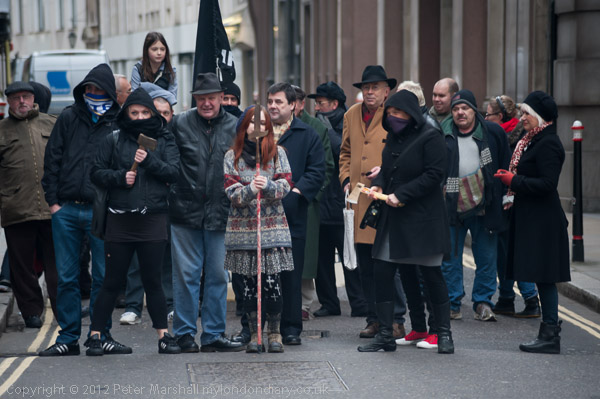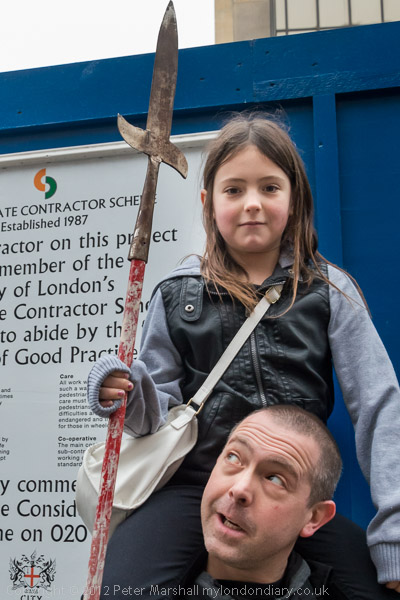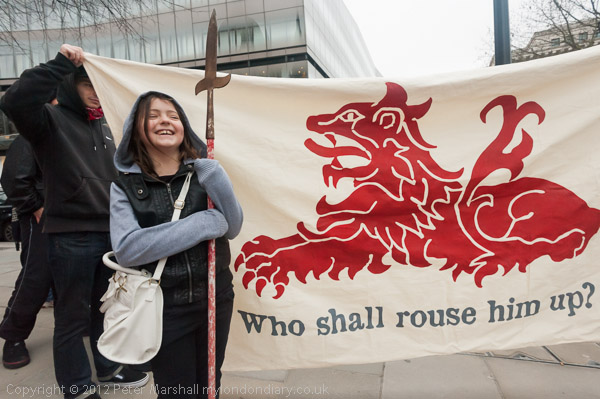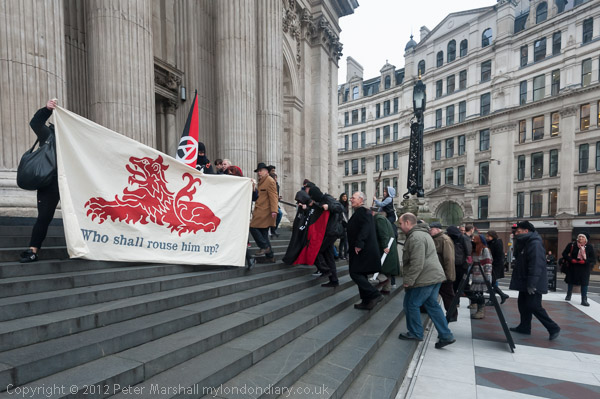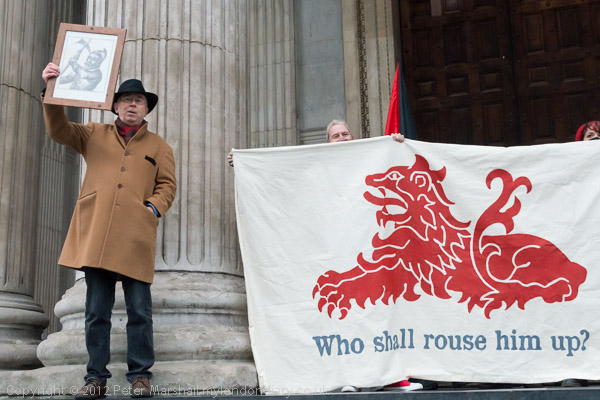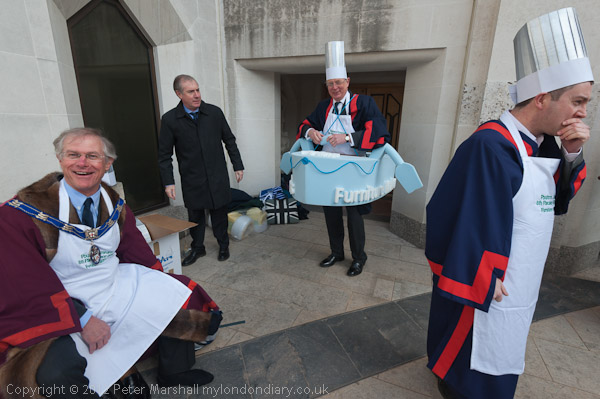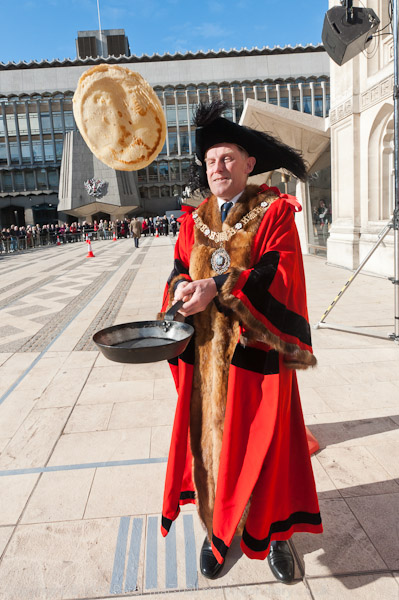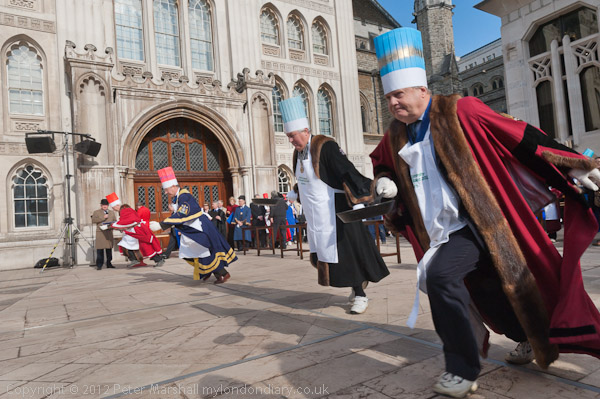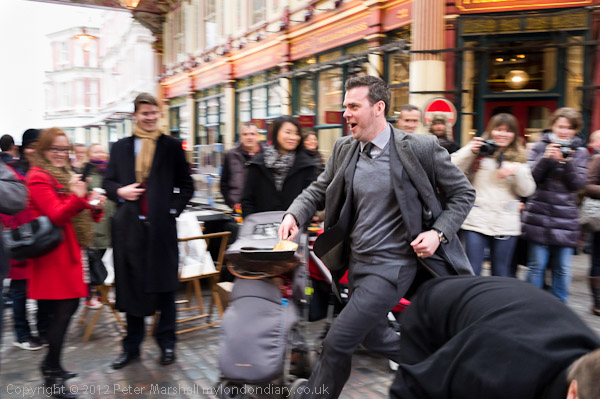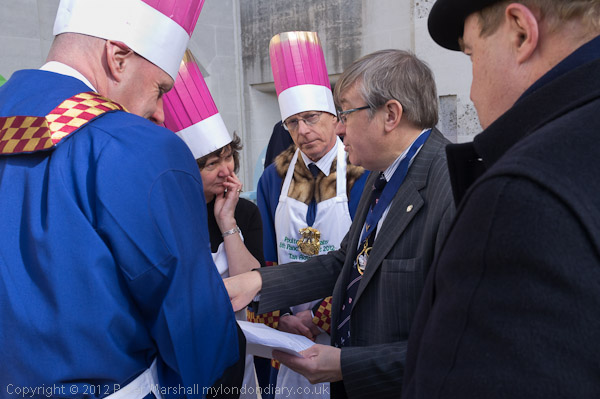The Lord Mayor’s Show. One of the largest ceremonial events in London every year is the Lord Mayor’s Show in November – in 2005 it was on Saturday 12th November. It is said to be the oldest civic procession in the world, first held after King John allowed the City of London to appoint its own Mayor in 1215.
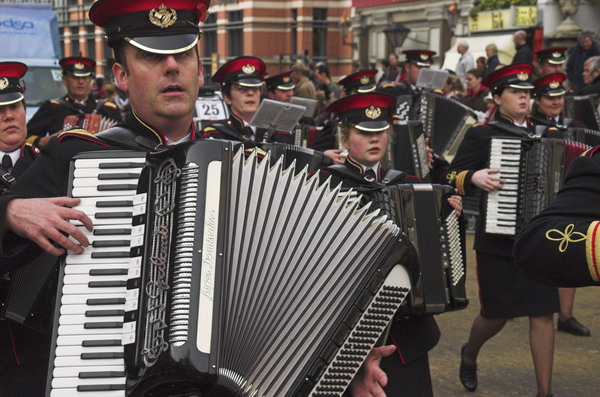
I’d photographed the event in several earlier years, though in many ways for me it had often been more a social event than a serious part of my photography, meeting up with some of my photographer friends and after taking some pictures and finding a suitable pub. But as I wrote in 2005, that year I had decided to do it on my own and actually photograph it as if I were covering the event for a magazine rather than as a personal photographic project. Though to two things often overlapped considerably in my work.

I have photographed it a few times since, mainly when other groups have decided to add their own input to the day. In 2011 Occupy SLX staged their ‘Not the Lord Mayors Show’ festival of entertainment and in 2021 Extinction Rebellion held a rival protest, Rise and Rebel XR at Lord Mayors Show.

The City of London is virtually its own country inside Britain, and has a unique position as a city, ceremonial county and local government district in England. And although it shares an MP with the City of Westminster, it also has the rather shadowy figure of the ‘City Remembrancer‘ who sits in the under-gallery of the House of Commons as a permanent lobbyist for the City and has the special privilege to see legislation as it is being drafted. Over the years this has led to the City being able to protect its interests in various ways, notably in the last century to prevent the reforms to the City’s status proposed by the postwar Attlee government.

‘Treasure Islands’ by Nicholas Shaxson, which includes a section on the City, often called ‘the money-laundering capital of the world‘ gives some insight as to how the lavish display of this event and much of the City’s activities are possible. The show does raise considerable amounts to support various charities.

This year, 2025, London had it’s first ‘Lady Mayor’s Show‘ though there have been two previous female Lord Mayors. The City calls it a ‘historic milestone’ but to me it seems not a blow for feminism but an anachronism in an age where we no longer have actresses or Chairladies. I had other things to do this year and didn’t go to see the show.
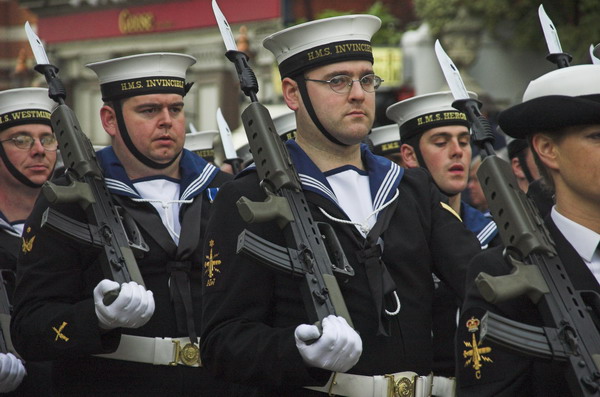
All the pictures in this post were taken by me in 2005 – there are many more on My London Diary – but below with the usual minor corrections is what I wrote then.

“Saturday I was back opposite Guildhall for the start of the annual Lord Mayor’s Parade. Although I’ve been to it on several occasions, I’ve never tried to photograph the actual event and people taking part in a straightforward way. Usually the things that happen before and after and on the fringes are of more interest to photographers (Cartier-Bresson photographing that guy sleeping it off on a pile of paper as the Coronation Procession moved by has a lot to answer for.)

After the end of the parade had passed the Guildhall, I took a short cut to St Paul’s to watch the Blessing Of The Lord Mayor and his lady, but unfortunately the crowd barriers holding back the public were too far away for a decent view, though I did take a few snaps.
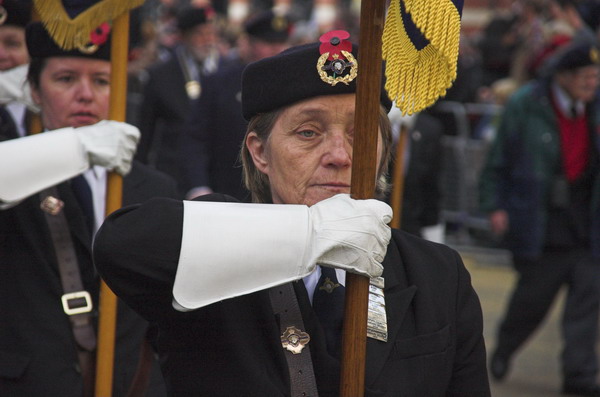
It is a tightly policed event, very different from the Notting Hill Carnival parade, perhaps organised more with television in mind than letting those present actually take part – if you go to watch in the more crowded parts you often get a poor and distant view. Then I found a seat in the sun outside the new Stock Exchange and ate my sandwiches before photographing some of the fairground around the cathedral.

Then it was time to see the parade returning, and a short walk took me to opposite St Andrew-by-the-Wardrobe. I’d meant to stay on for the fireworks later, but I’d been standing up too long for my injured knee and decided to go home.”

Many more pictures begin here on My London Diary
Flickr – Facebook – My London Diary – Hull Photos – Lea Valley – Paris
London’s Industrial Heritage – London Photos
All photographs on this page are copyright © Peter Marshall.
Contact me to buy prints or licence to reproduce.
